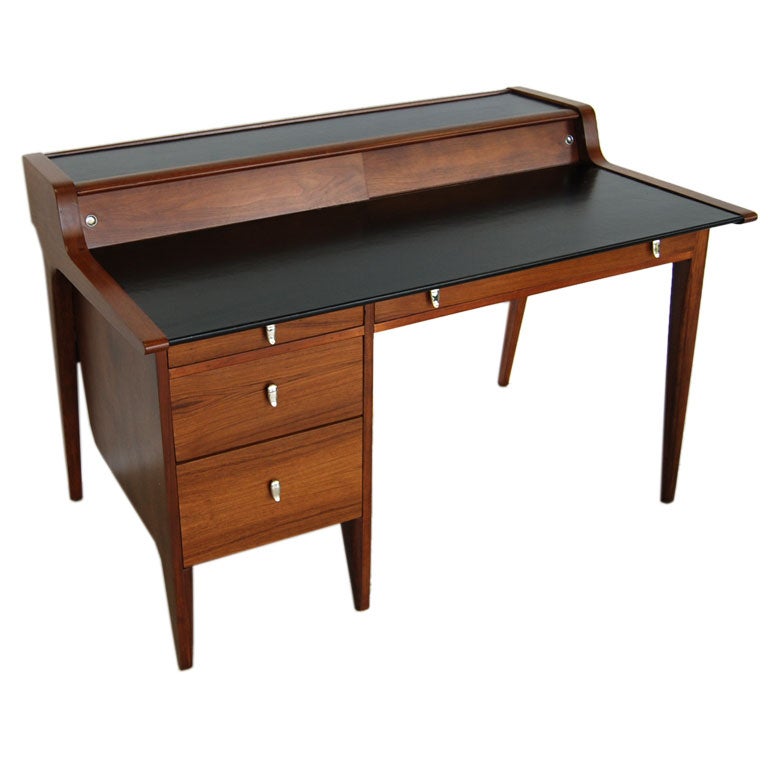



These label examples are from the 1930s when a new label was developed that did not peel off easily. Industry groups, such as the Mahogany Association, which promoted the use of certain woods.The retailer, who purchased showrooms full of furniture from factories somewhere else, but identified the furniture as "theirs." This happened most frequently with stores like Montgomery Ward or Sears, Roebuck & Company.The manufacturer which included large or regional furniture companies, such as the Old Hickory Furniture Company in Indiana.The tag had darkened with age, and it wasn't until the chair was sent for repairs that the chair maker found the tag - and realized the chair was made by his father 50 years earlier! One snowshoe chair had the tag tucked under the chair's bentwood arm. These can be difficult to see, since the maker may have hidden them away from the finished surfaces. The cabinetmaker with a shop often used paper labels or even metal tags with the shop name.There are many types of markings (including handwritten signatures), but there are generally four different groups who marked their furniture:
#Drexel furniture catalog 1950 how to
How to Identify Vintage Wrought Iron Furniture.So, determining who made your furniture can take considerable time and research. Johnson noted that more than 1,300 marks (or "shopmarks") were used from 1895 - 1940 by artists and furniture makers in the Arts & Crafts movement alone, and that doesn't include marks from the hundreds of other furniture makers. Furniture labels and marks have been used since the 19th century, and the number of marks out there is mind-boggling - in his book Arts and Crafts Shopmarks, author Bruce E.


 0 kommentar(er)
0 kommentar(er)
